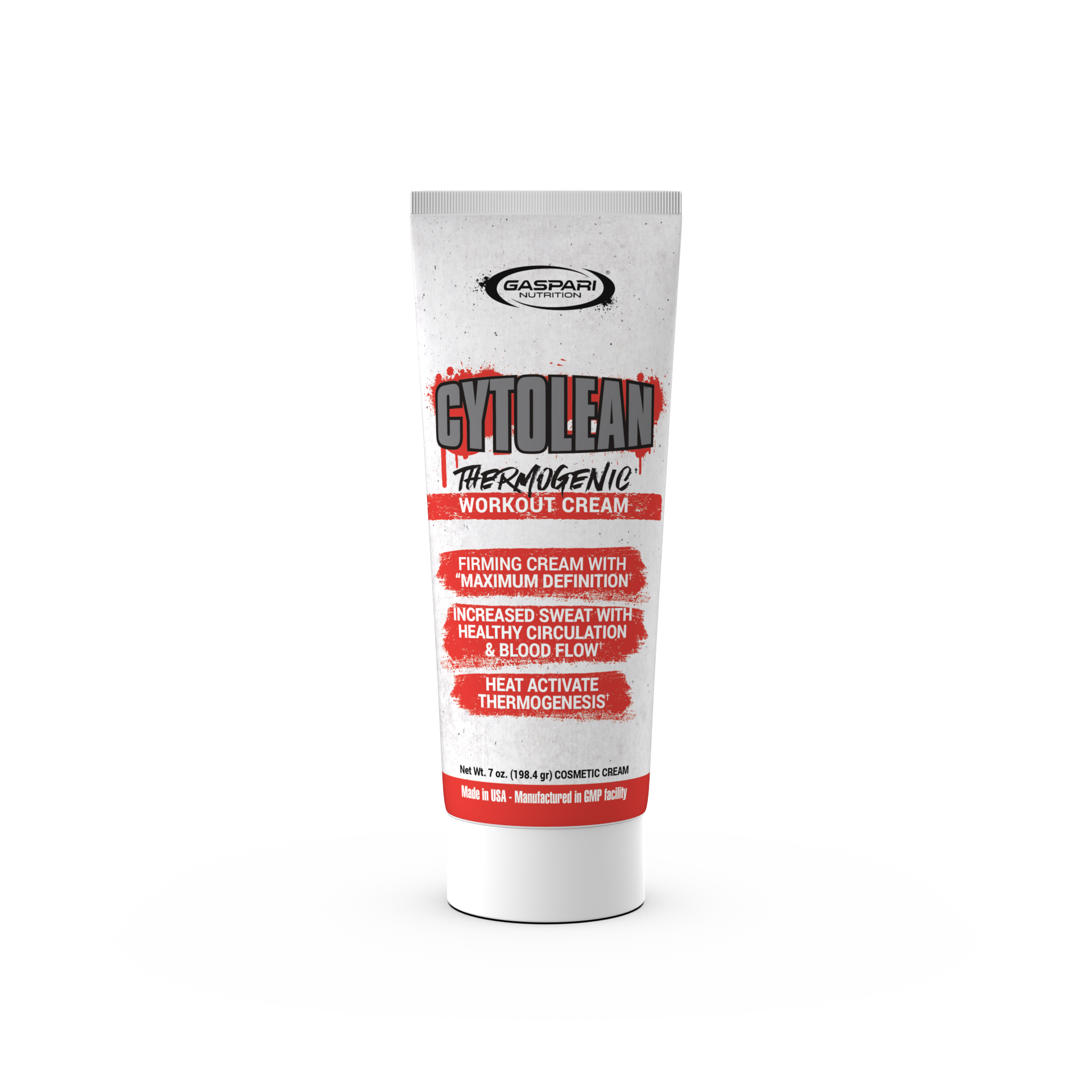Exercise is actually something of a complicated thing, more than the average gym goer or onlooker might think. Recall back in school when you learned about muscle groups, basic cellular biology and other related things. Notice that the human body is a complex machine of protein and electrochemical mechanics that’s quite amazing. But as amazing as the human body truly is, this makes it a very complex and difficult machine to work on, both medically and when it comes to health and fitness.
It’s easy to rely on instinct when it comes to a lot of this, but the truth is, our instincts are built from a time when survival and not starving were our sole concerns, and you really can’t trust them too far when it comes to ideal fitness and health. This all comes back to the difficulty of muscle groups and exercise.
The trick is that most exercises have target groups of muscles, and secondary muscle targets as well. For example, when you think of biceps and triceps exercises, your mind instantly goes to basic curls, bench pressing, push-ups and so on.
The problem is that these actually mostly work some of those muscles only as secondary muscle groups, and you need a very diverse exercise routine to be sure to properly target all of your muscle groups. Imbalance in this can overwork the targeted groups, and cause atrophy with the lesser-targeted ones, and this isn’t healthy.
Fortunately, when it comes to your triceps, which suffer this secondary group problem quite severely, there exist some pretty effective and honestly quite simple and easy-to-master routines you can employ. One of these is the overhead dumbbell triceps extension and some variations of it that can further extend the efficiency, and allow you to make use of additional equipment to work some other muscles that often don’t even get secondary attention in most routines.
Today, we’re going to look over the proper approach to performing the overhead dumbbell triceps extension, some variations, and how these can benefit your overall workout routine moving forward. Be very sure to follow these directions closely and attentively, for the sake of your safety and proper effectiveness of the routine.
Basic Overhead Dumbbell Triceps Extension
First of all, let’s clarify that while the equipment for this exercise is quite simple, having the proper equipment is very important. If you don’t have access to two properly-balanced dumbbells that aren’t overly-heavy, then consider one of the variations we’re going to look at, because this exercise does not work very well one arm at a time, nor is it ever safe to lift excess weight over your head. Even if you don’t drop them, it could cause spinal, shoulder and neck strain as well, and it can exhaust you.
The first step, which is very important, is to assume the proper stance. Your foot placement and leg alignment are critical to not injuring yourself, and in the effectiveness of the exercise. So, stand with your feet shoulder width apart, holding the dumbbells in front of you. Stand straight, but don’t lock your spine, you could strain muscles or your spine if you do. Keep your legs straight, but locking your knees is a bad idea, it can put undue strain on them and impede your focus, which is very important for an exercise like this, where you’re lifting weights above your head.
Raise the dumbbells, slowly, above your head until your arms are straight. Don’t lock your elbows, as this is bad like locking your knees can be. Slowly, and we do mean slowly, lower the weights behind your head, bending at the elbows. Avoid flaring your elbows much, as this reduces the effectiveness of this exercise, and could be harmful.
Hold this position for a few seconds, and then raise them back above your head. Flex your biceps and triceps, though not too excessively while holding them up, and then lower them back behind your head once more. Your upper arms should remain entirely in place while performing this exercise.
Sets should consist of eight to twelve reps at a time. It’s important not to do this too quickly, nor to overdo it. Be sure you have gloves or good grips on your dumbbells, and if you have rheumatoid arthritis in your hands, arms or shoulders, this is probably not a safe exercise to perform. Other joint or muscle problems could also be problematic, in which case, consult your physician before trying this, for your own safety.
Variations
There exist a couple of variations of this exercise which can be safer in some cases, or allow you to compensate for a lack of the proper equipment. One is the one-arm variation, which we did point out is far less effective for secondary targeted muscle groups, but that doesn’t mean it’s harmful to perform this routine. It’s the same process, but you should keep your free arm bent at the elbow, hand on your waist.
Aim for eight to twelve reps per arm, probably switching arms every four or five reps, to keep both sides of your muscular system hot and active during the process. Again, this is a lot less effective than two-arm, and you should only do this variation if you don’t have the equipment – it is definitely better than nothing at all.
 The other is the cable triceps extension, which uses, surprisingly, a cable machine for resistance training. This is a little different, you stand with your legs staggered by about a shoulder length, so you can bend on the forward knee, gripping the cable bar behind your head as you would hold the dumbbells. Bend very, very slightly (about a degree) on your knee as you pull the bar above your head, straightening your arms. This produces a resistance version of the basic exercise. With this one, probably don’t exceed eight reps per set, as it’s a bit more strenuous and potentially dangerous if you lose your grip.
The other is the cable triceps extension, which uses, surprisingly, a cable machine for resistance training. This is a little different, you stand with your legs staggered by about a shoulder length, so you can bend on the forward knee, gripping the cable bar behind your head as you would hold the dumbbells. Bend very, very slightly (about a degree) on your knee as you pull the bar above your head, straightening your arms. This produces a resistance version of the basic exercise. With this one, probably don’t exceed eight reps per set, as it’s a bit more strenuous and potentially dangerous if you lose your grip.
This is an excellent and simple exercise to target your triceps, while remaining safe and low-impact. To learn more great routines like this, follow us on Facebook today.
The post How To Do An Overhead Dumbbell Triceps Extension appeared first on Gaspari Nutrition.















































































Share:
How Long Does It Take to Get Six-Pack Abs?
What Do Power Cleans Work?